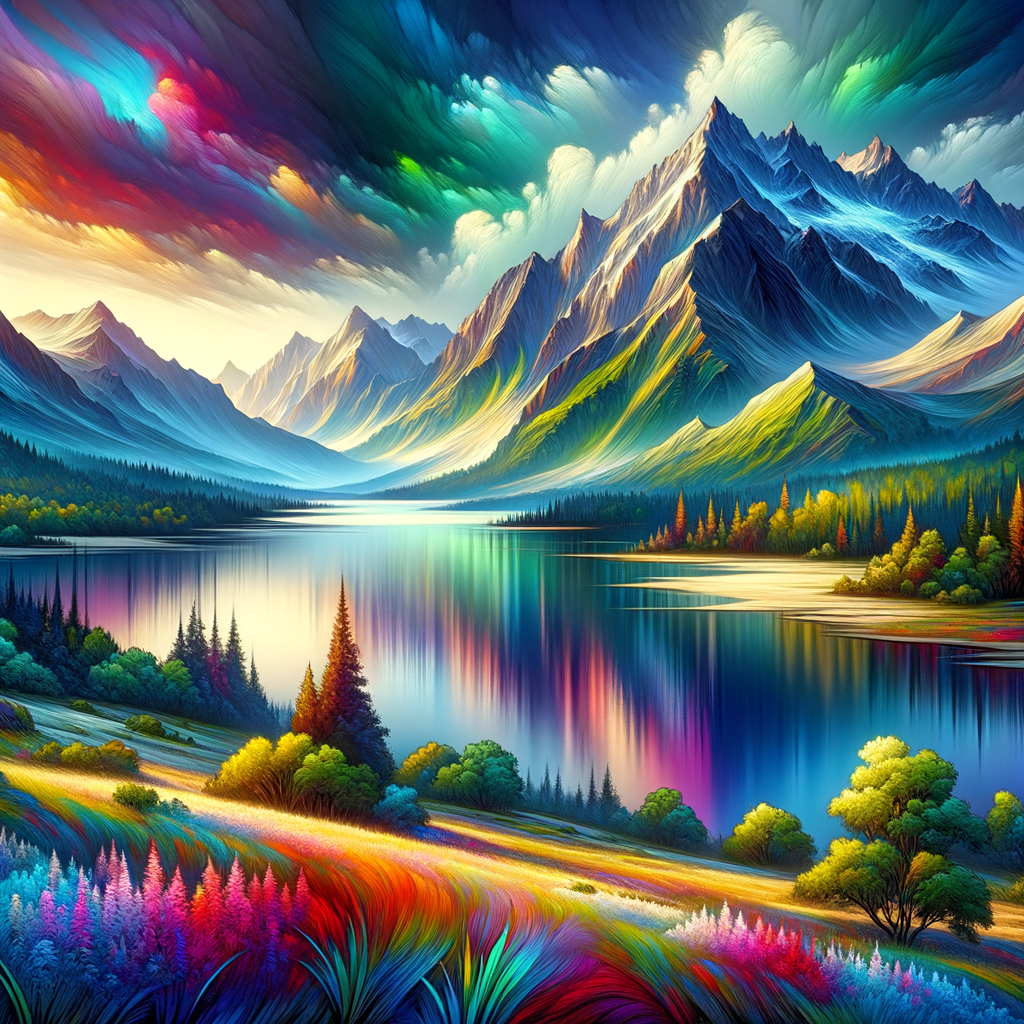
Landscape photography is one of the most popular genres in the art of photography. It allows you to capture the beauty of nature and convey the emotions of what you see. In this article, we will explore the key principles of creating stunning landscape shots, share tips on choosing the right time and place for shooting, and discuss the importance of composition and light.
Landscape photography is not just about capturing nature; it’s an art form that requires photographers to consider many factors, from composition to the right moment to press the shutter. One of the first steps to creating stunning landscapes is understanding how to play with light. The golden hour, which starts at sunrise and ends before sunset, provides soft, warm lighting that is ideal for photography.
The next crucial aspect is choosing the right location. Landscapes can be created not only in wild nature but also in urban settings where nature and buildings harmoniously blend. Explore undiscovered locations, including parks, fields, and forts, to uncover unique and interesting frames.
Don’t forget about composition. The rule of thirds is one of the basic principles that can help you create balanced images. Divide your frame into three horizontal and vertical sections and place key elements along these lines or at their intersections. This gives your shots greater balance and expressiveness.
Pay attention to details as well. Consider how various elements such as trees, rocks, and clouds can add dynamics to your photograph. Think about how they can enhance the main message of your frame. Using the foreground can also create a sense of depth and volume in your shot.
Thus, landscape photography is a multifaceted art that requires an eye for detail, an understanding of light, and the ability to see beauty in the surrounding world. In the following sections, we will cover techniques, tips, and principles that will help you become a master in this field.


